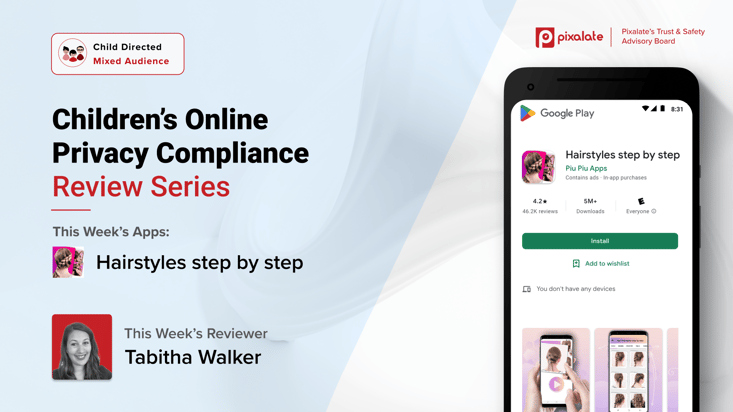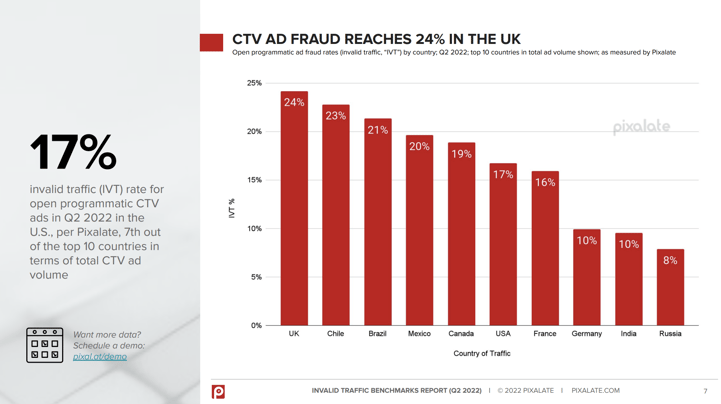
This week's review of ad fraud and privacy in the digital advertising space:
.png?width=735&height=414&name=Sideloaded%20Apps_Cover%20Graphic_V4%20(1).png)
Pixalate released its Q3 2022 Sideloaded Connected TV (CTV) Apps Report, defining sideloaded apps as apps that are downloaded and installed on a device but not from the device's official app store. This new study found nearly 100% YoY increase in programmatic ad traffic coming from these sideloaded apps on Amazon Fire TV devices, which are apps not found in the official Amazon Fire TV app store. Check out more findings in our full blog post.
![]()
Pixalate continued its Mobile App Manual Reviews According to COPPA series, containing the detailed factors the Trust & Safety Advisory Board educators used to assess an app’s child-directedness. This week we reviewed Avatar Maker: Cats 2 in both the Google Play and Apple App stores. Our reviewer discusses how the subjective factors set forth in the COPPA Rule apply to each app and factor into the reviewer's determination as to whether the app is child-directed or general audience (i.e., it is not targeting children). Read the full review here.

This week we also reviewed Hairstyles Step by Step in the Google Play Store. Our reviewer discusses how the subjective factors set forth in the COPPA Rule apply to each app and factor into the reviewer's determination as to whether the app is child-directed or general audience (i.e., it is not targeting children). Read the full review here.

Pixalate published the Q2 2022 Invalid Traffic (IVT) Benchmarks report last month, describing IVT distribution in programmatic advertising impressions. It covered a wide variety of data points, so we decided we would break it down further and highlight some interesting findings.
This week we looked at the top ten countries with the highest IVT rates on Connected TV (CTV) apps. What we found was that the UK had the highest CTV open programmatic IVT rate in Q2 2022, at 24%. Traffic from the U.S. had an IVT rate of 17%. Find out more in our blog post.
*By entering your email address and clicking Subscribe, you are agreeing to our Terms of Use and Privacy Policy.
These Stories on Weekly Recaps
*By entering your email address and clicking Subscribe, you are agreeing to our Terms of Use and Privacy Policy.

Disclaimer: The content of this page reflects Pixalate’s opinions with respect to the factors that Pixalate believes can be useful to the digital media industry. Any proprietary data shared is grounded in Pixalate’s proprietary technology and analytics, which Pixalate is continuously evaluating and updating. Any references to outside sources should not be construed as endorsements. Pixalate’s opinions are just that - opinion, not facts or guarantees.
Per the MRC, “'Fraud' is not intended to represent fraud as defined in various laws, statutes and ordinances or as conventionally used in U.S. Court or other legal proceedings, but rather a custom definition strictly for advertising measurement purposes. Also per the MRC, “‘Invalid Traffic’ is defined generally as traffic that does not meet certain ad serving quality or completeness criteria, or otherwise does not represent legitimate ad traffic that should be included in measurement counts. Among the reasons why ad traffic may be deemed invalid is it is a result of non-human traffic (spiders, bots, etc.), or activity designed to produce fraudulent traffic.”

